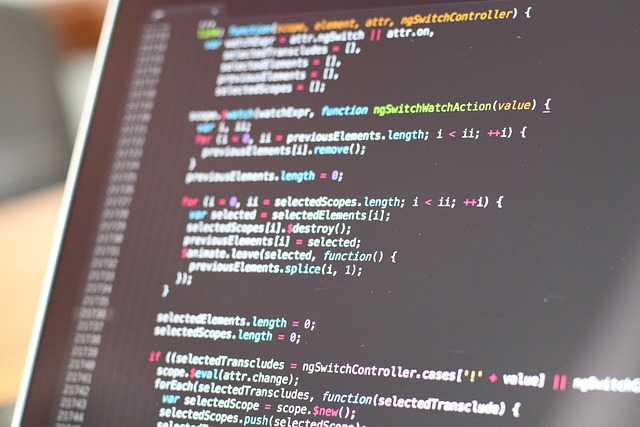The world of video games has evolved dramatically over the decades, with each generation witnessing groundbreaking advancements in graphics, gameplay, and storytelling. Yet, amidst this progress, the allure of classic titles remains strong. Retro gaming allows us to revisit the pixelated landscapes of our childhood and experience the games that shaped a generation. This is where emulation steps in, acting as a bridge between the past and the present, allowing us to relive nostalgic experiences on modern devices. At the heart of many successful emulation projects lies the versatile programming language, Java. But how does Java, known for its “write once, run anywhere” philosophy, breathe life into retro gaming?
Java Virtual Machine (JVM) and the Beauty of Bytecode
One of Java’s greatest strengths is its platform independence. This is achieved through the Java Virtual Machine (JVM), which allows Java programs to be compiled into platform-agnostic bytecode. Unlike traditional programming languages that compile code directly into machine-specific instructions, Java creates bytecode, a universal language understood by JVMs across different platforms. [Learn more about how the JVM works – https://www.oracle.com/java/technologies/javase/jvm.html
This approach enables Java emulators to be written once and run on any device with a compatible JVM, be it a Windows PC, a Linux machine, or even a mobile phone. The portability and flexibility of Java are invaluable in the realm of emulation, where recreating gaming experiences designed for specific hardware on modern devices is key.
Emulation Core – The Heart of the Virtual Console
At the core of every emulator is the emulation core, responsible for replicating the behavior of the original hardware. This involves emulating various components of the target system, including:
- CPU: The CPU emulation involves replicating the original CPU’s instructions, adhering to its timing and behavior.
- MMU: Memory management ensures data is read and written correctly, just like on the original hardware.
- GPU: The GPU handles graphics commands and translates them for display on modern screens.
- Sound Chip: Sound emulation replicates the audio experience of classic games.
Java emulators recreate these components through software, ensuring a faithful recreation of the gaming experience.
Challenges and Optimizations
Creating an accurate emulator is a monumental task that requires balancing accuracy with performance. Some challenges include:
- Accuracy vs. Performance: Replicating hardware behavior with perfect timing requires significant processing power. Developers must find a balance between precision and speed.
- Hardware Complexity: Emulating advanced hardware, such as modern GPUs, demands reverse engineering and extensive optimization.
- Compatibility: Ensuring the emulator works across a vast library of games requires handling different game engines and variations.
Developers employ optimization techniques like Just-in-Time (JIT) compilation and leveraging optimized libraries to boost performance.
The Ongoing Quest for Emulation Perfection
Java emulation is a constantly evolving field. Developers strive for greater accuracy and performance, preserving gaming history and ensuring that classic titles remain accessible to future generations. The portability and robust libraries of Java will continue to play a pivotal role in this journey.

